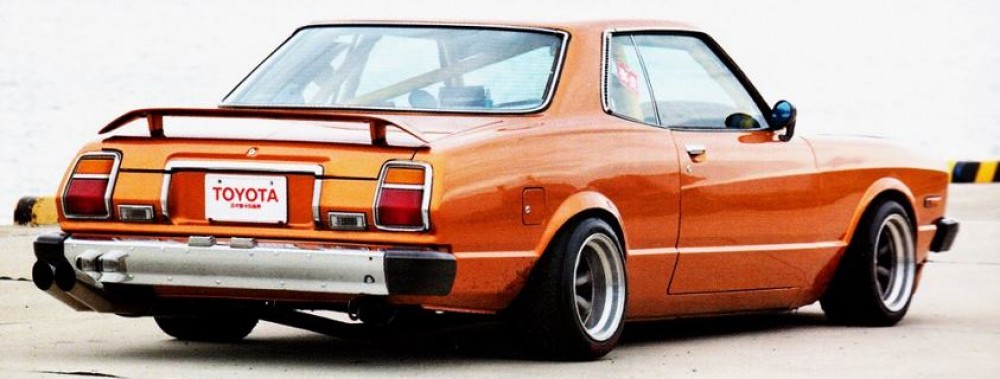Traditional brake rotors are made from steel because of it’s hardness and wear resistance. Steel rotors are cheap and easy to cast, but pretty heavy and heat up very quickly. New brake rotor technology uses ceramics instead of steel. Ceramics are harder than steel and they also transfer very little heat. The problem with ceramics is that their exceptional hardness also causes them to be very brittle. In order to use ceramics in a harsh application like brake rotors, they have to be embedded in a composite. In these Brembo rotors, the silicon carbide ceramic is embedded in a carbon fiber resin. The composite structure gives the rotors the best of both worlds. The ceramic allows the rotor to wear longer than steel and the carbon fiber makes it significantly lighter. The downside is they’re a lot more complicated to produce, which is what makes this video interesting.
Brembo releases a quick facts video about the braking requirements seen by Formula 1 cars at each track. The cars at this past weekend’s Spanish Grand Prix were seeing 5.58 g’s of deceleration which came from the brake system producing 2289 kilowatts of braking power. That means you would need an engine with over 3000 horsepower to produce that kind of deceleration.
Source: How It’s Made via YouTube user tvsurfer319, Brembo

Pingback: Porsche Carrera GT Engine Out Overhaul | FluxAuto